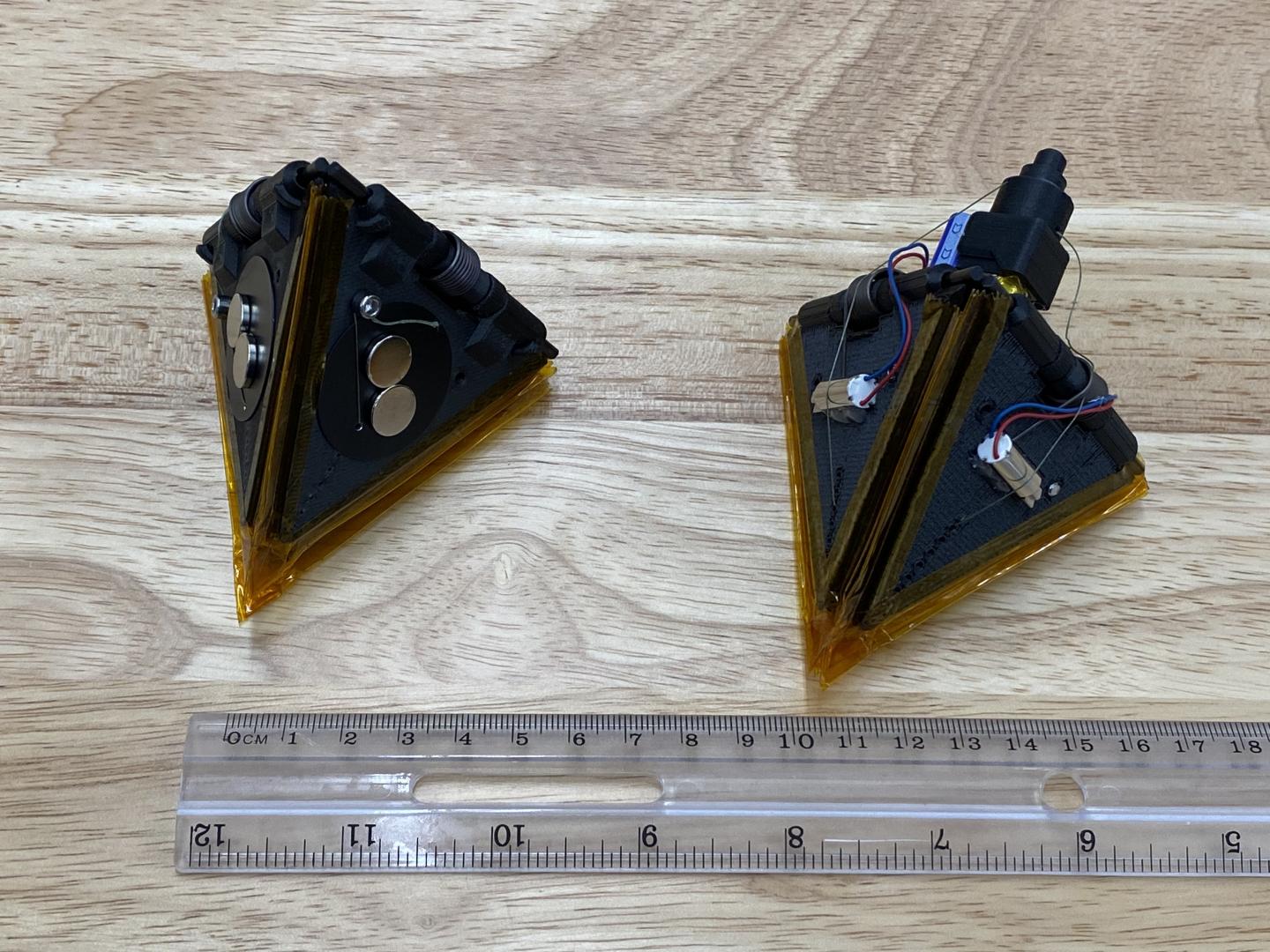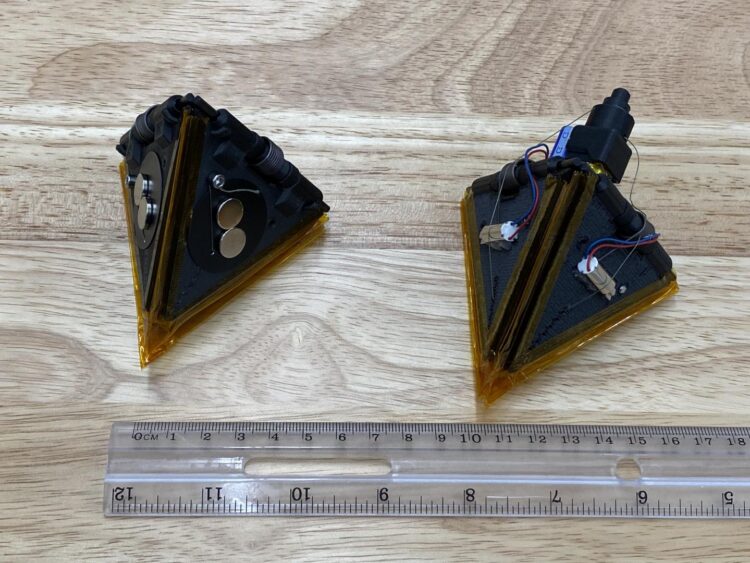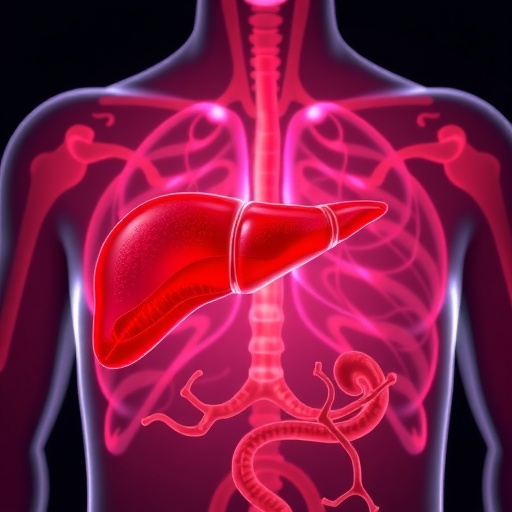Asteroid sampling technology, tapered liquid acquisition device tested in low gravity

Credit: SwRI
SAN ANTONIO — Oct. 13, 2020 — Two Southwest Research Institute (SwRI) experi-ments were aboard Blue Origin’s New Shepard suborbital rocket today, which launched from Van Horn, Texas. The Box of Rocks Experiment II (BORE II) tested a new technology for magnetically attaching to and sampling asteroids. The second experi-ment evaluated a tapered liquid acquisition device (LAD) designed to safely deliver liquid propellant to a rocket engine from fuel tanks.
BORE II continued a 2016 experiment that involved observations of meteorite-like ma-terials inside a container on board a suborbital space flight, with the aim of understand-ing the materials’ behavior in low gravity. BORE II significantly expands on this pro-ject, using materials that are much closer in composition and texture to actual meteor-ites, as well as testing new technology, the Clockwork Starfish sampling device.
Taking inspiration from the aquatic echinoderm, which turns part of itself inside out to engulf its prey, Clockwork Starfish is a tetrahedron with magnetized sides. Since the surface materials of most asteroids have magnetic compounds in them, the Clockwork Starfish’s magnetized panels allow it to passively gather samples from any asteroid surface it is dropped on. The “starfish” then stores the samples for transport by turning itself entirely inside-out.
“While current asteroid sample return missions visit single asteroids and collect sam-ples from one or two locations on their surface, a future mission carrying dozens of mi-cro-sampler landers like these could return samples from various locations on numer-ous asteroids,” said SwRI Principal Scientist Dr. Alex Parker, who led development of the Clockwork Starfish device. “This would be a game-changer for understanding the origin and history of the solar system, as well as providing a valuable glimpse into po-tential exploration-enabling resources present on these tiny worlds.”
Today’s experiment involved placing two Clockwork Starfish inside two separate vac-uum sealed containers, with meteorite-like materials and a small camera in each to rec-ord how the technology interacts with the materials in low gravity.
“This could offer a simple but robust alternative to other means of sampling small bod-ies like drilling,” said SwRI Principal Scientist Dr. Dan Durda, the experiment’s princi-pal investigator. “Instead, it could be as easy as bringing a magnet along.”
In addition to Durda and Parker, the BORE II team includes SwRI Research Scientist Dr. Akbar Whizin, Engineering Technologist Michael Shoffner and Senior Research Engi-neer Brian Pyke.
SwRI is also evaluating how effectively a tapered LAD eliminates potentially danger-ous vapor bubbles in fuel from being transferred to the rocket engine.
Engineers at SwRI and NASA’s Glenn Research Center created the tapered LAD to ad-dress problems that could arise with longer spaceflights beyond Earth’s orbit. Current-ly, most rocket engines use cryogenic liquid propellants as fuel. A long spaceflight would require large amounts of fuel to be stored at low temperatures and then trans-ferred to the rocket engine, but current LADs have straight channels that are vulnerable to internal vapor bubbles.
These vapor bubbles can hinder liquid propellant from transferring to other tanks or damage rocket engines during ignition. SwRI Senior Research Engineer Kevin Supak, along with SwRI engineers Dr. Amy McCleney and Steve Green are evaluating a LAD with a tapered channel that passively removes the bubbles through surface tension. A smaller version of the LAD was tested on New Shepard in December 2019. Today’s ex-periment involved testing several larger-scale versions that include design modifica-tions to more accurately capture bubble movement physics that would occur in actual cryogenic tanks.
“We hope that the tapered LAD concept can offer a low-cost efficient solution for cryo-genic fluid management for long duration spaceflight,” Supak said. “Historically, tech-nology used to manage bubbles in cryogenic tanks have been costly to design and de-ploy.”
SwRI plans an additional experiment aboard New Shepard in the future to investigate other geometries for the LAD design.
For more information, visit https:/
###
Media Contact
Joanna Carver
[email protected]
Original Source
https:/





